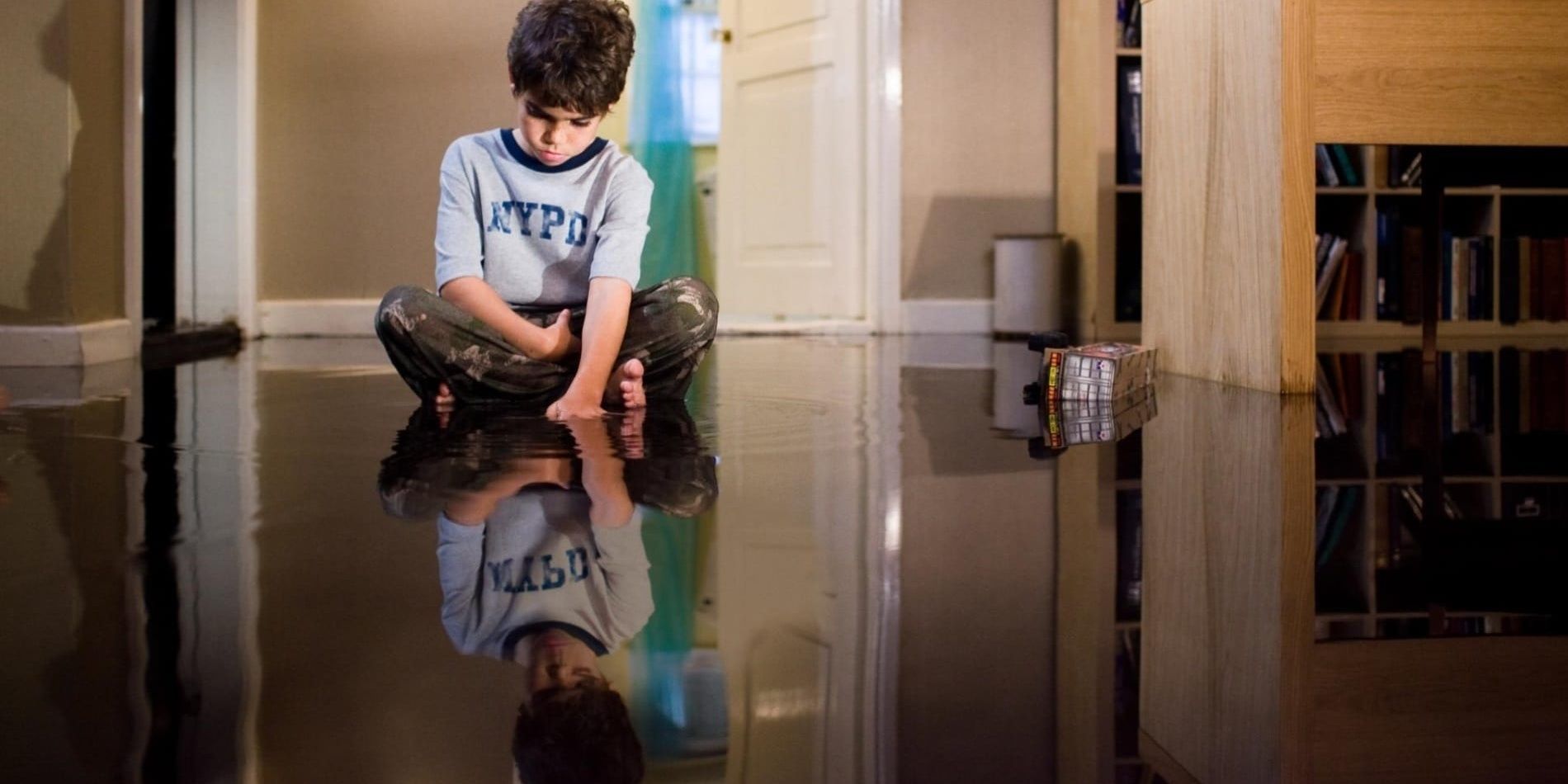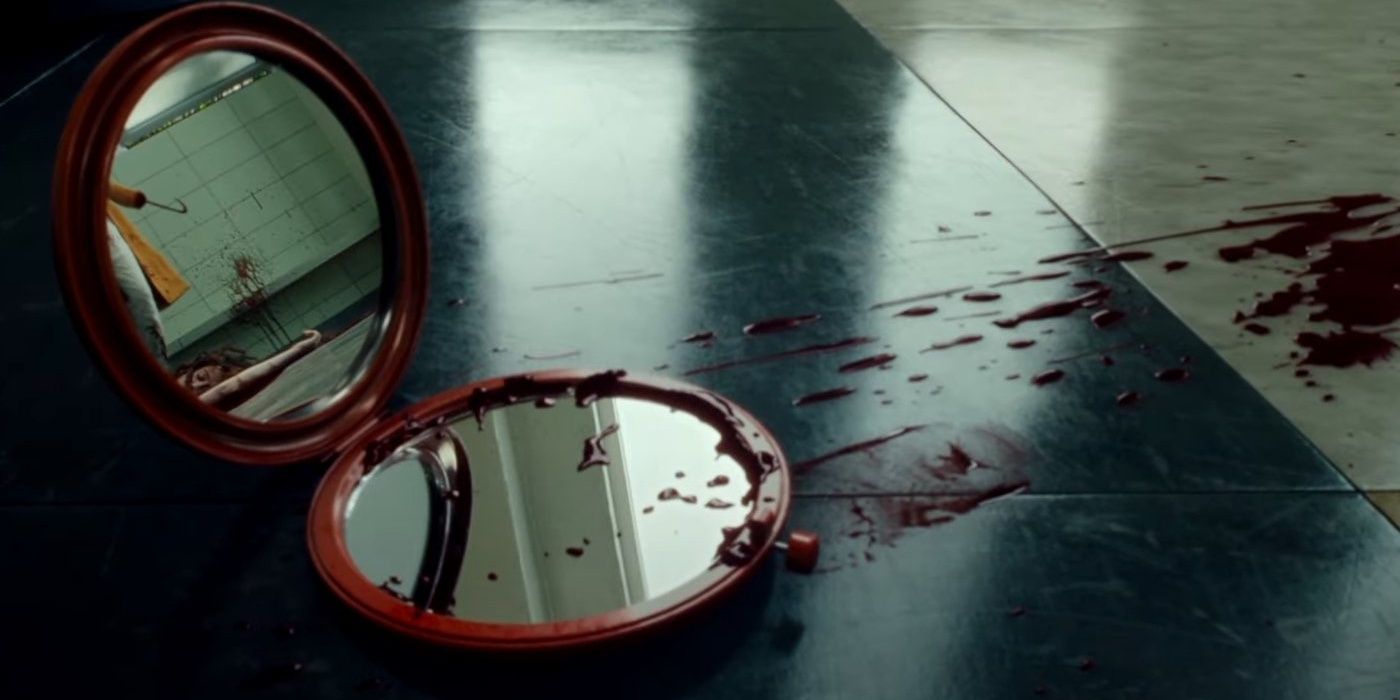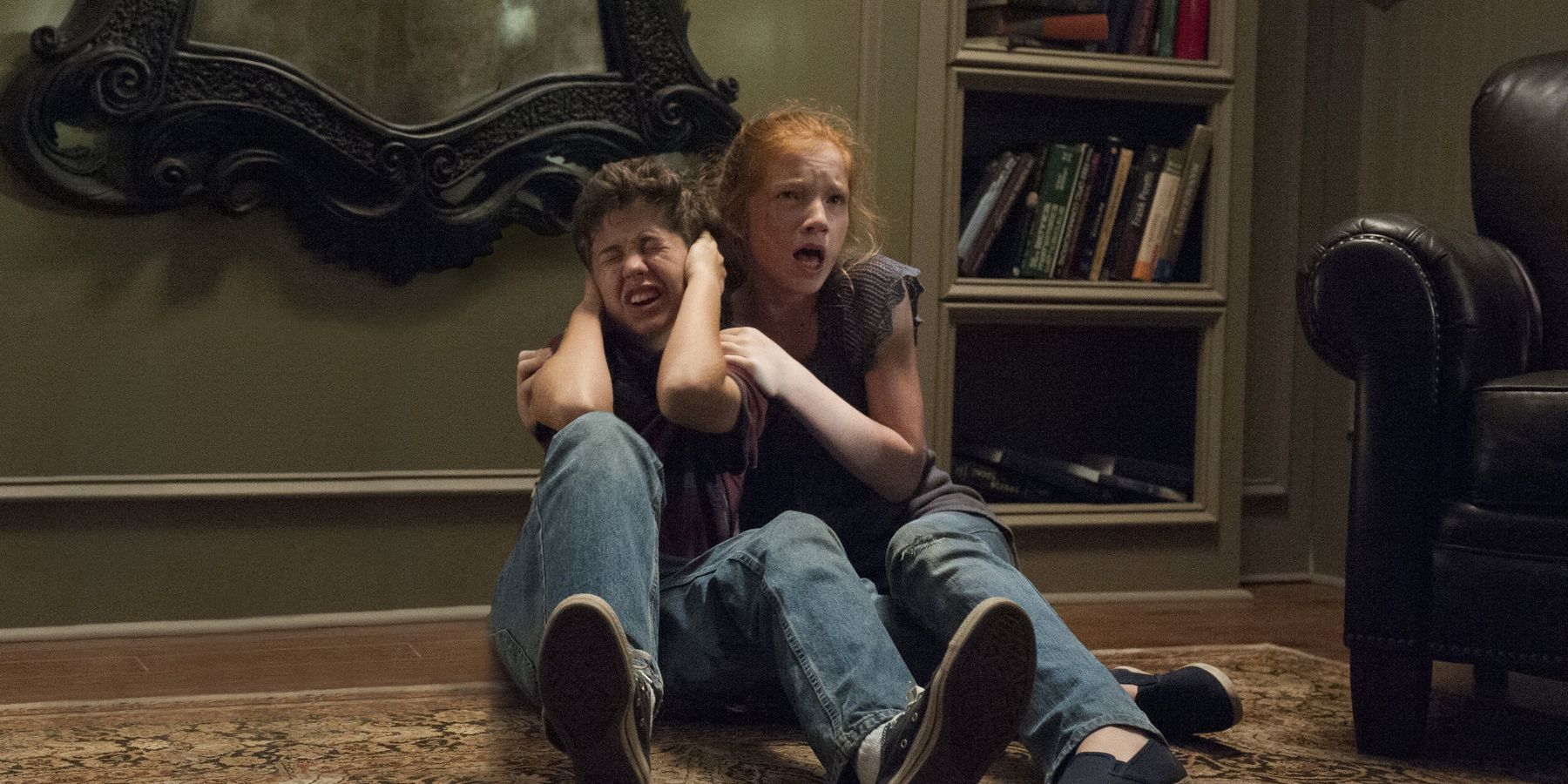Horror stories have a lot of go-to monsters to pull from when assembling the new threat of their nightmares. Despite the theoretically endless options, there are a few standard hallmarks that seem to keep coming back, like, for example, a monster who only exists in the reflection of a mirror.
Jump scares are thought of as the lowest form of horror content, largely because of their formulaic presentation. Certain shots give savvy viewers flashbacks as they brace themselves for the upcoming loud noise. No shot is as obvious as an innocent victim washing their face in the mirror. When they leave the mirror's view, something else will take their reflection's place.
The Mirror Monster is exactly what it says on the tin. It's a monster, ghost, or demon that appears in the reflection of a mirror or other glass-like surface. The mirror can serve as a window to another realm, or the creature could be somehow bound to it, or it could just be a temporary jump scare to spook whoever's nearby. There's something inherently unpleasant about the reflection, so having it work in a way that isn't natural is immediately disconcerting. People tend to feel unnerved by looking at themselves in the mirror for a number of reasons, but stories about monsters trapped within them are extremely common. Sometimes smashing the mirror will free the beast, sometimes it kills them instantly. Across cultures and generations, the horror within the glass has remained terrifying.
Since at least the early 1900s, mirrors have held a place of prominence in urban legend. School children have played Bloody Mary for generations. The origin of the tale is fuzzy, bringing up references to multiple historical figures from Countess Elizabeth Bathory, to Mary Worth, to a victim of the Salem Witch Trials. Early divination rituals gave young ladies the hope to see their future husbands in a mirror. However, over the past century and change, children have gathered in darkened rooms and chanted Bloody Mary some specific number of times to summon a ghost. The titular Mary could be good or evil, but she's laid the groundwork for a long history of comparable beings. The most notable comparison is the Candyman, the haunting hook-handed spirit who can be summoned through a very similar ritual. Candyman originated in Clive Barker's short story "The Forbidden" in 1984, but the character remains relevant through his ongoing film franchise.
Most big writers in and outside the horror world have made use of the concept of a creature in a mirror. R. L. Stein used it twice in his beloved Goosebumps series. In Let's Get Invisible!, the reflection in a magic mirror threatened to swap places with its victim. Stein returned to the concept in Ghost in the Mirror, which featured a deadly portal in reflective glass. Stephen King trapped the Grim Reaper in a haunted mirror in his 1969 short story "The Reaper's Image". One of Dean Koontz's Odd Thomas novels featured an abduction using the mirror as a portal. In his short story "The Unpleasant Profession of Johnathan Hoag", Robert A. Heinlein introduced the Sons of the Bird, who traveled in and out of our dimension through mirrors. Terry Pratchett's Discworld series introduced a mirror witch who winds up dragged into the glass by her rebellious reflection. In Jim Butcher's Dresden Files series, the title character makes a point of keeping mirrors out of his apartment to avoid anything crossing over through them.
Horror movies are packed with Mirror Monsters. Some films build their entire threat around that concept. Alexandre Aja's 2008 film Mirrors is entirely about the horror of the reflection. It's based largely on a 2003 Korean horror film by Kim Sung-ho, and both use just about every cinematic trick glass can accommodate. Mike Flanagan's 2013 mainstream debut Oculus centered its horror on the Lasser Glass, a haunted antique mirror that seems to change perception. Classic horror icons like a Cenobite from Hellraiser, Freddy Krueger, and the Tall Man from Phantasm have used mirrors to secure a scare. In Ridley Scott's Legend and John Carpenter's Prince of Darkness, the devil himself moves through the mirror. There are also countless other fake-out jump scares using the mirror.
The Mirror Monster has its roots in old myths and its justification in modern science. Any given horror film is likely to feature a long look into a bathroom mirror and a subsequent loud noise. Tons of authors have looked into the unassuming piece of glass or a still body of water and imagined a monster trapped within or otherworldly horrors making their way through. This simple concept has made its way into every medium of horror and even pops up in non-horror media for a quick scare. From cheap carnival spooks to long-lasting fixtures of myth and legend, the monster in the mirror is a key part of horror.



